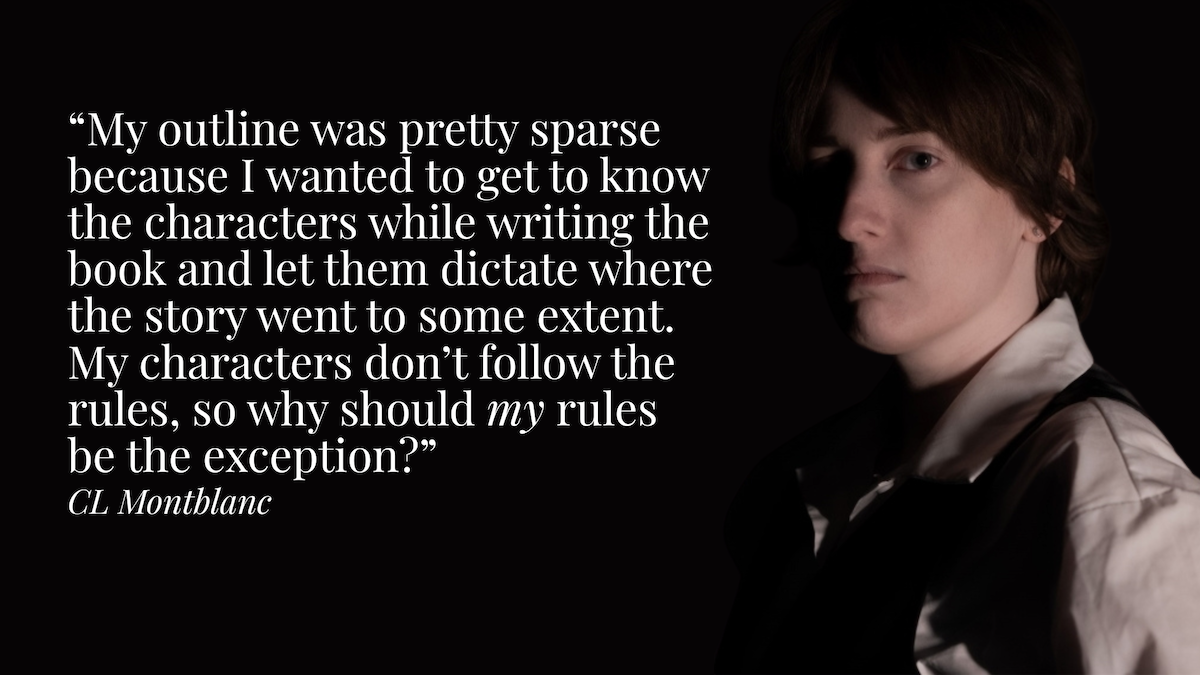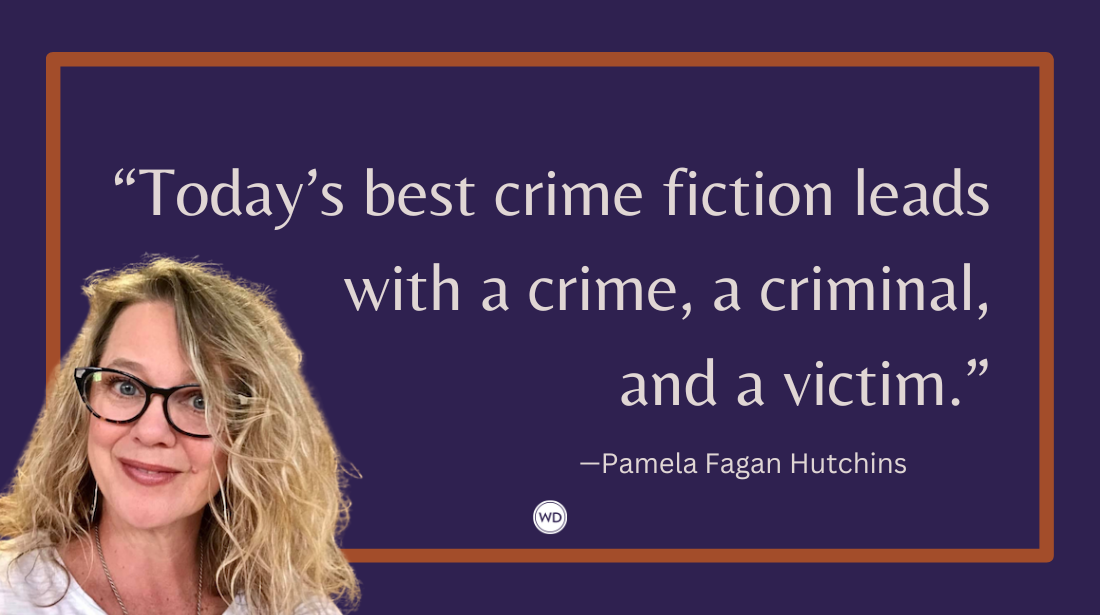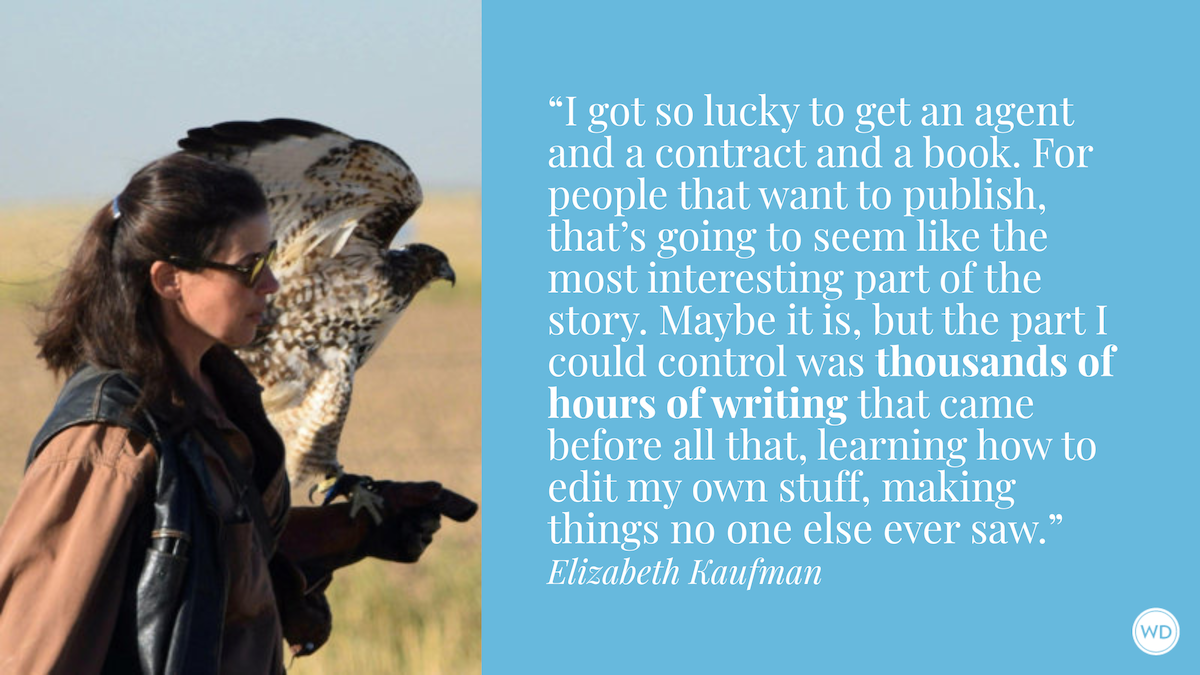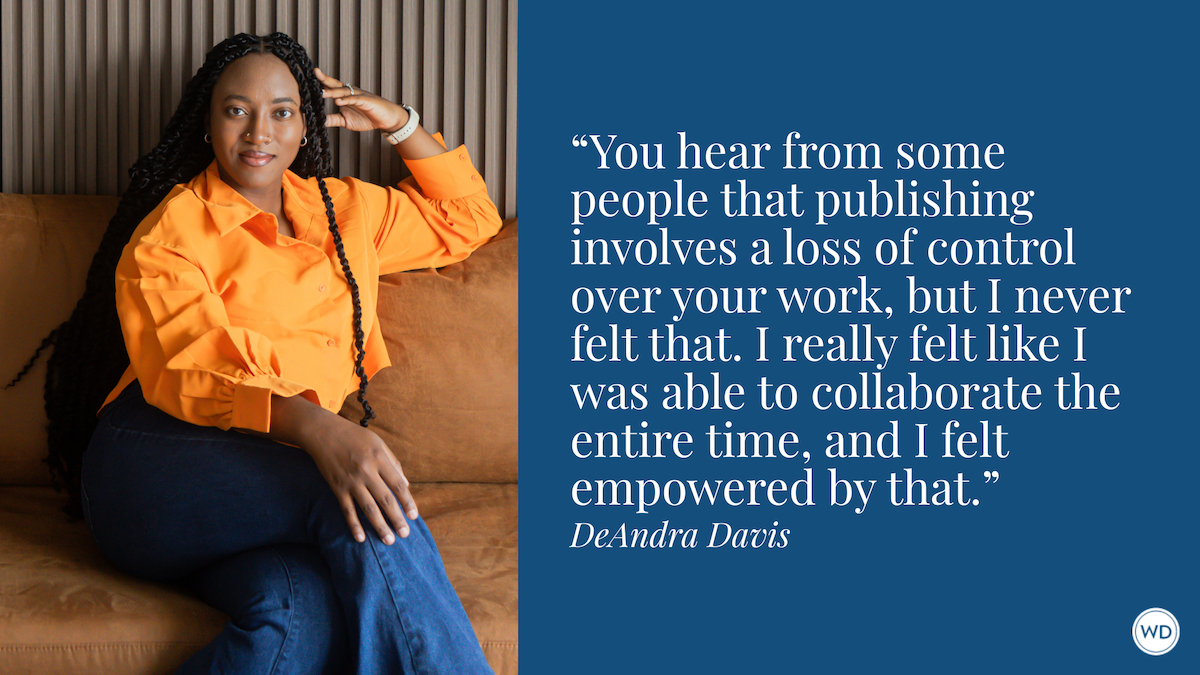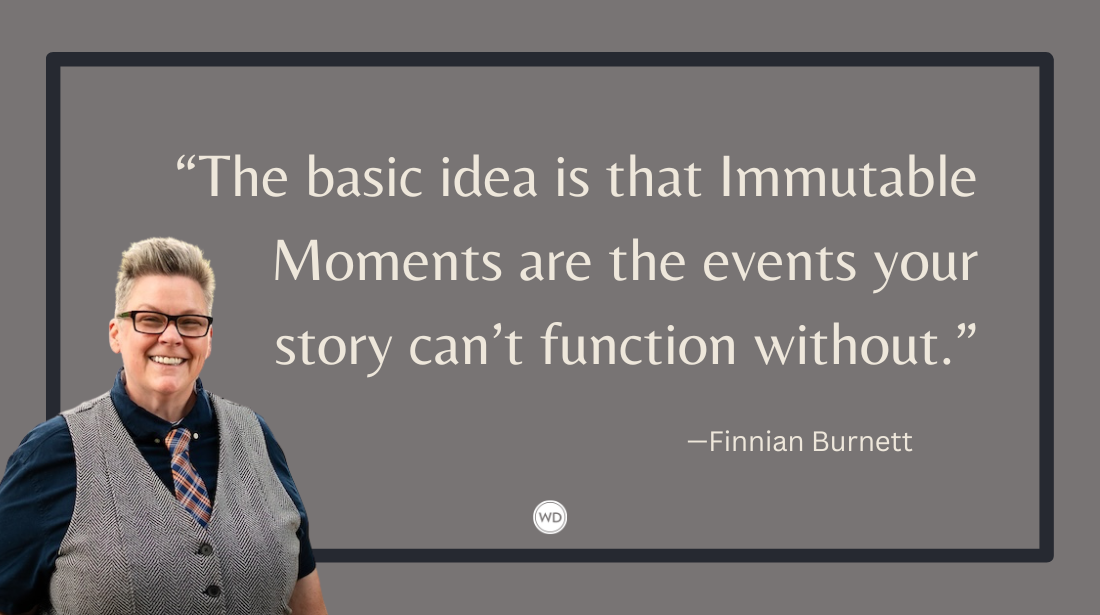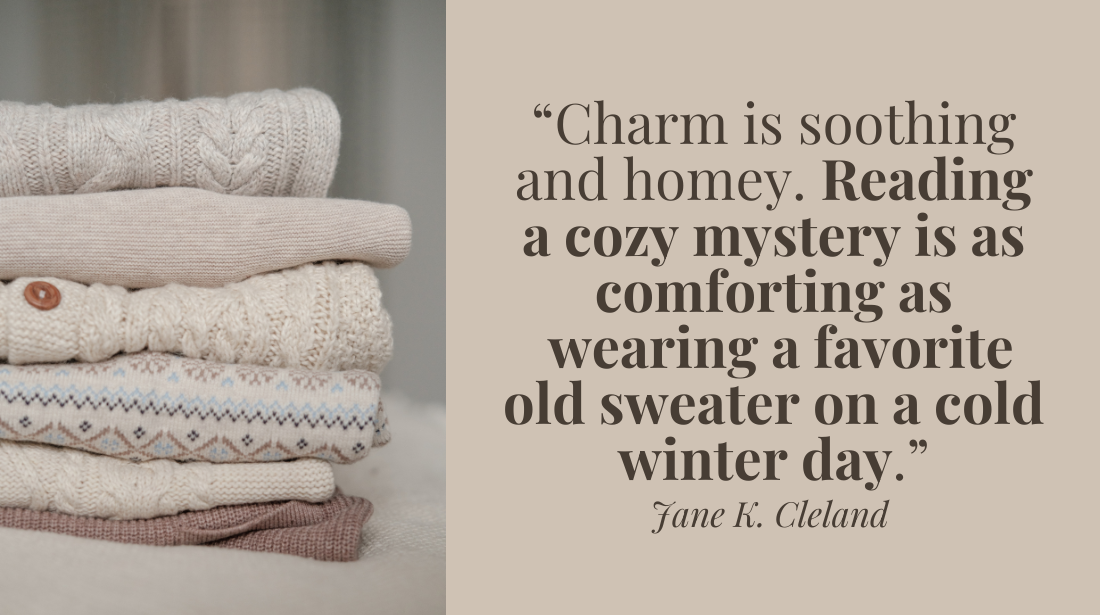Writing Historical Romance for Today’s Reader
Author Donna Hill has spent her career combining different elements from various genres to write compelling stories. Here, she discusses what it’s like writing historical romance for today’s reader.
Growing up with an insatiable love for reading, I most often had to reimagine the characters I read about so that they looked like me. In doing so I too could be transported across the moors, rescued from a life of drudgery, or swept away to a castle with my skirts bustling behind me—all with the promise of eternal love from my hero. Ahh romance novels!
Historical romances were my introduction to the genre, even though at the time I didn’t really know that’s what I was reading. They were filled with princes and dukes and kings, dark brooding heroes, “miss manners,” and protocol. They were about love long ago and far away. They fueled the imagination with the promise that there really is a happily ever after.
But I often supplemented my lust for words with tales from Greek mythology that imbued me with superpowers, and Agatha Christie mysteries that quenched my thirst for murder and mayhem. It was perhaps a forgone conclusion that when I tapped out my first published short story on my Selectric typewriter (yes, it was that long ago), that it would be an amalgam of my reading experiences. My heroine’s nighttime bus ride turns into her believing that she is being stalked by an unseen dangerous stranger, only to be rescued in the end by the hero. Ta-da!
That short story essentially launched my career as a romance writer, more by default than intent. Since 1990, I’ve been crafting Happily-Ever-Afters, with healthy doses of mystery and some mayhem and even a dead body every now and again. However, for the most part, my novels, whether romance or women’s fiction, remained in contemporary times, that is until 2001 when I explored blurring past and present with the novel Rhythms. It was more than 20 years later when I tried this “hybrid” form again.
By no means do I consider myself a historian. Unlike my immensely talented colleagues Beverly Jenkins and Vanessa Riley, for example, who have become experts in their time period and areas of interests, I research in a silo—only investigating what interests me at the time. However, for years while writing my contemporary romances there was an idea formulating in the back of my head that the next path on my career was to find a way to look at historical points in history, partner it with contemporary characters, and top it off with an enduring love story. The result was Confessions in B-Flat published in 2020.
The novel took place in the 1960s, during the years in which I grew up. According to Historia, Magazine of the Historical Writers’ Association it states; “Here at the Historical Writers’ Association we define it [historical fiction] simply as fiction set fifty years before the present time, while our friends at the Historical Novel Society go for thirty years – so by either definition, you’re in! The main Walter Scott Prize for historical fiction defines it as sixty years.” Imagine my alarm to discover that I too am historic! That my life, which feels like it only began yesterday, is history!
Still, decades after my introduction to historical romances my ideas on the elements that made them such had not shifted. Yet, I believed that I could find a way to merge the present with the past and bring along those readers who had followed me throughout my career. As I am not a historian or researcher by any stretch of the imagination, I began thinking about flash points in time and how that period would serve as a backdrop to the evolution and eventual HEA of my characters. The resulting story feeds the romance reader with what is desired in a romance novel, while at the same time, hovering in the background is this flashpoint in history in which the characters are impacted. The historical moments and appearance of “real” people help to tether the narrative to the genre.
What’s so unique about this you may ask? Probably nothing! Except that this hybrid shortens the distance between past and present allowing it to be a bit more relevant, easier to NOT have to suspend disbelief to be transported. An additional ingredient is that the characters finally look like me. This “new jack” historical romance taps an audience that often has been overlooked in the genre. A perfect example is the brilliance of Shonda Rhimes’ reimagining of the Bridgerton series. Yep, we were there too as we are throughout history.
Exploring history was my intent in my latest novel, I Am Ayah: The Way Home. The reader is taken on a journey from the early 1800s until present day via the experiences of my very 21st century, quasi bourgeoisie character as she uncovers her family history, herself, and the love of her life.
Essentially, I am not invested in a particular period. I can traverse time and place as the spirit moves me, always keeping at the forefront my contemporary characters that are part of a time gone by, while entertaining my present-day readers with insights into often ignored moments in time. And of course, crafting characters that look like me, that are searching for love and happiness and the happily ever after. All the hallmarks of a romance.
What is so great about being a writer in this genre is that love can never be relegated to a moment. The magic of historical romance is that it transcends time. Even if that history is only 50 years ago!
Donna Hill began her career in 1987 writing short stories for the confession magazines. Since that time, she has more than 90 published titles to her credit since her first novel was released in 1990 and is considered one of the early pioneers of the African American romance genre. Three of her novels have been adapted for television. She has been featured in Essence, the New York Daily News, USA Today, Today’s Black Woman, and Black Enterprise, among many others. She has received numerous awards for her body of work—which crosses several genres—including the Career Achievement Award, the first recipient of the Trailblazer Award, the Zora Neale Hurston Literary Award, and the Gold Pen Award, among others, as well as commendations for her community service. As an editor, she has packaged several highly successful novels and anthologies, two of which were nominated for awards. Donna is a graduate of Goddard College with an MFA in Creative Writing and is currently in pursuit of her Doctor of Arts in English Pedagogy and Technology. She is an Assistant Professor of Professional Writing at Medgar Evers College and lives in Brooklyn, New York, with her family.



